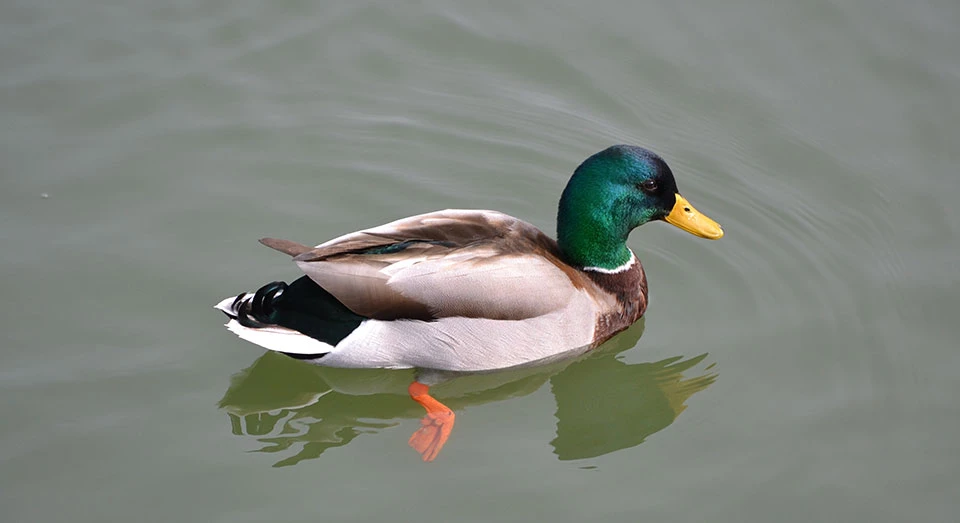
To date, National Mall and Memorial Parks has documented 111 bird, 12 mammal, 23 fish, and 3 reptile species either as residents within park boundaries or migrants passing through. Local predators include foxes, ospreys, red tailed hawks, and occasionally bald eagles. Other species include waterfowl, migratory songbirds, insects, and small mammals such as squirrels. In addition, Constitution Gardens Lake, the Tidal Basin, and other ornamental pools provide habitat for a variety of fish species. Please keep Wildlife Wild It is illegal to feed wildlife at National Mall and Memorial Parks. Feeding of wild animals by park visitors increases the number of individuals a particular area can sustain and results in a variety of problems for urban wildlife. Also, animals fed by people can abandon hunting skills when given easy access to food, may become ill or die due to an unhealthy diet of “people food”, can eventually lose their fear of humans, and may begin displaying aggressive begging behavior that will necessitate either relocation or destruction of the animal. Transcript
Brittany-Hello! You may have seen butterflies with bright orange, white, and black markings and recognized them as the iconic Monarch Butterfly [photo of Monarch butterfly]. Today, I’d like to invite Ron Popowski with the US Fish and Wildlife Service to provide more information! Ron- Monarchs are known for their phenomenal spring and fall migrations. They travel across North America to and from wintering sites. In eastern North America, monarchs travel north in the spring, from Mexico to Canada, and reverse the trip in the fall. The trip is so far for butterflies that it takes multiple generations to complete. *Each generation completes one leg of the journey. But monarchs face many threats that are resulting in the decline of populations. Scientists study this migration by tagging butterflies, which can also help predict population sizes of the following generations [photo of tagged Monarch]. What can you do to help? Planting native plants, especially milkweed, provides the Monarch butterflies with a food source and a place to lay eggs [video of Monarchs on Baccharis]. You can also reduce your use of pesticides and get involved in local citizen science projects to help the Monarchs! *We need your help! [video of tagged monarch group].
Visit our keyboard shortcuts docs for details
Monarch butterflies fascinating and beautiful, and are seen on the National Mall during the spring and fall migrations! We worked with the U.S. Fish and Wildlife Service to create this fun video that everyone can enjoy. Find out how you can help these wonderful creatures in this video. |
Last updated: February 13, 2023
